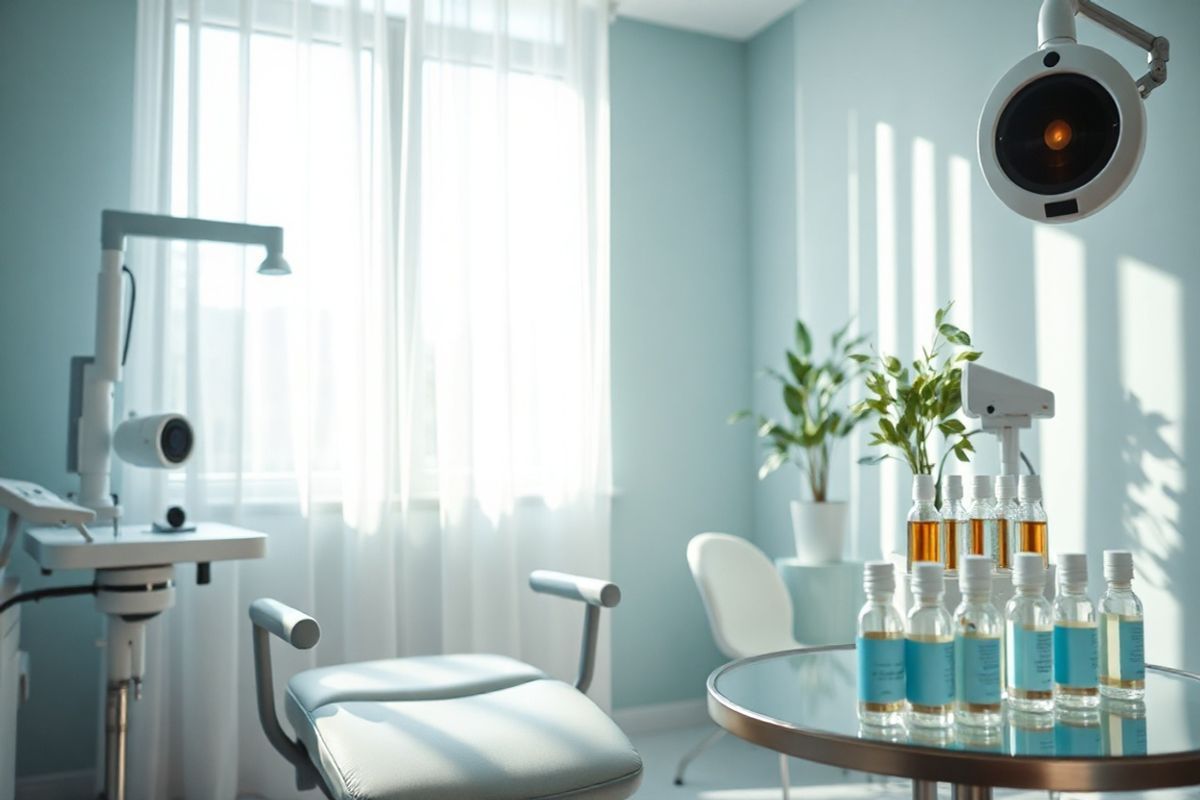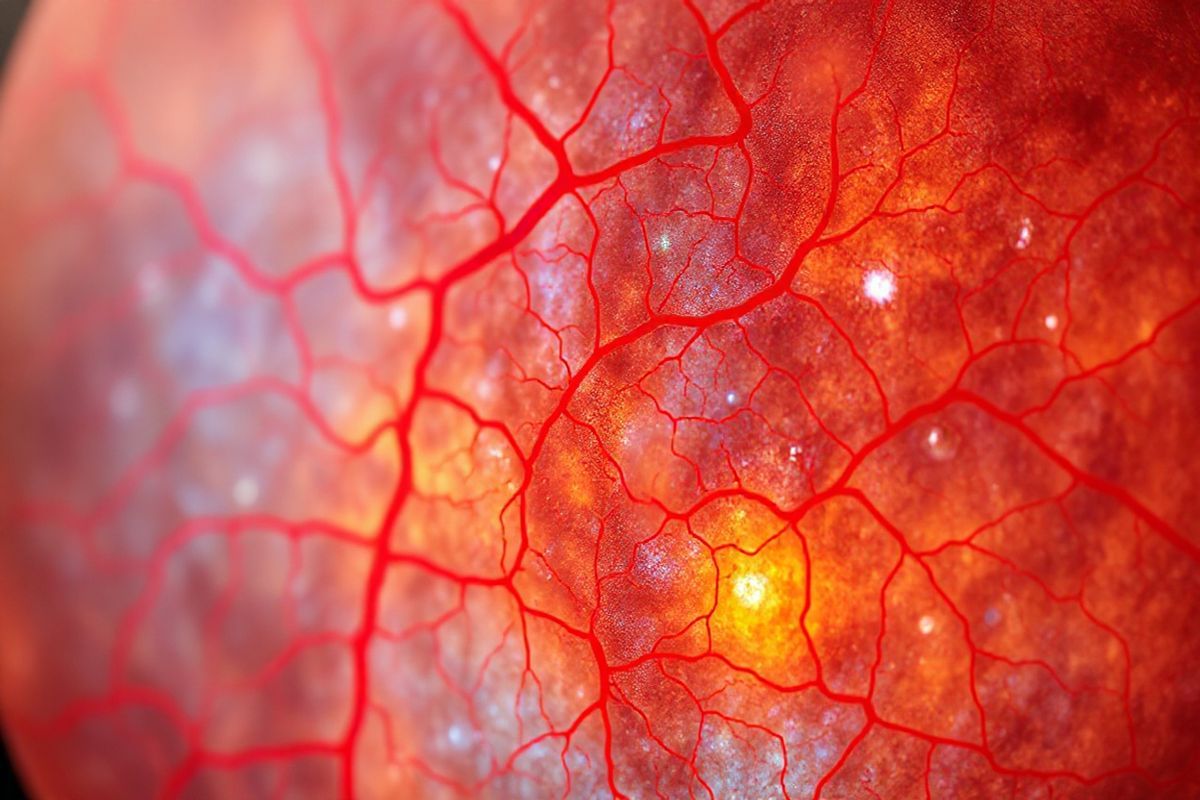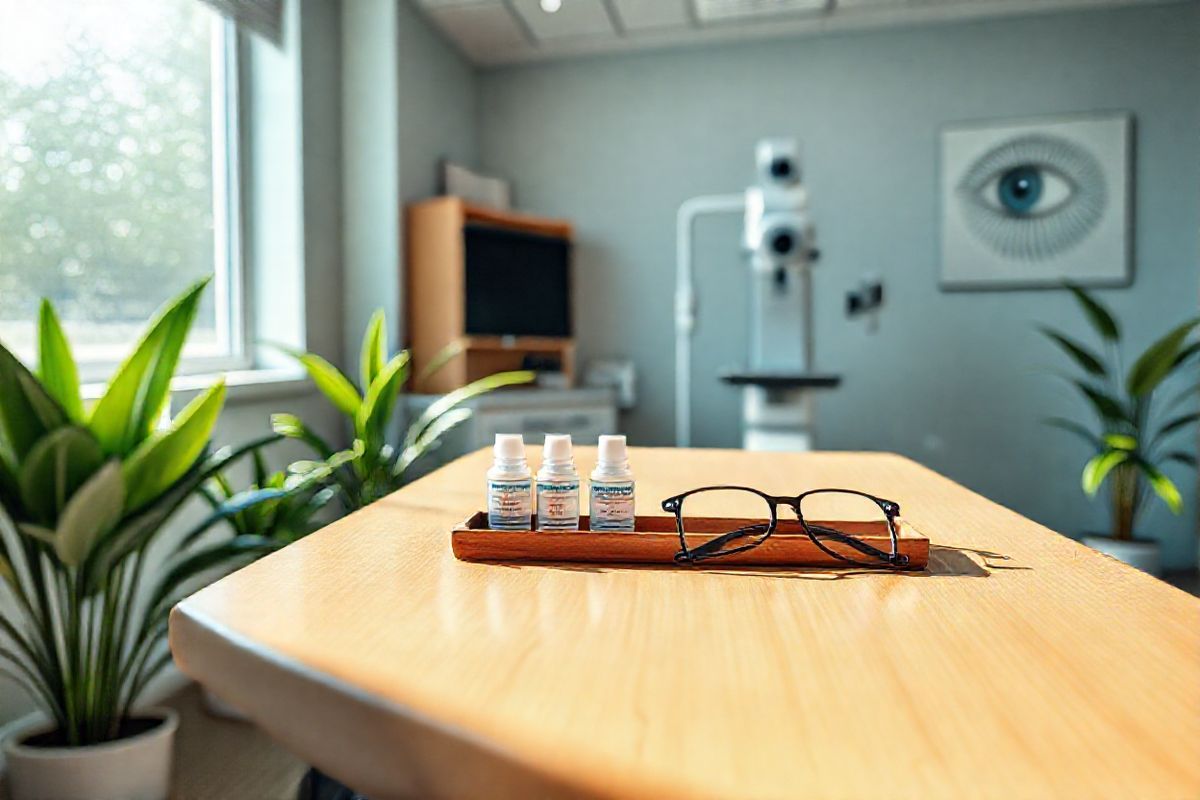Table of Contents
Unveiling the Truth: Do Eye Drops Really Help with Diabetic Retinopathy?

Diabetic retinopathy (DR) is a significant complication of diabetes that affects the eyes, leading to vision impairment and potential blindness. As the condition progresses, individuals often seek various treatment options to manage their symptoms and preserve their sight. Among these treatments, eye drops are commonly discussed. This article aims to explore the role of eye drops in managing diabetic retinopathy, the types available, and their effectiveness in this context.
Understanding Diabetic Retinopathy: Causes and Stages

Diabetic retinopathy is characterized by damage to the blood vessels in the retina due to prolonged high blood sugar levels. This damage disrupts the retina’s ability to function effectively, leading to vision problems. The condition is typically categorized into two main stages:
-
Nonproliferative Diabetic Retinopathy (NPDR): In this early stage, the small blood vessels in the retina begin to swell and leak fluid, leading to the formation of retinal edema. NPDR can progress to more severe forms if not monitored and managed properly.
-
Proliferative Diabetic Retinopathy (PDR): This advanced stage occurs when new, abnormal blood vessels grow on the retina’s surface in response to ischemia, a lack of oxygen due to insufficient blood flow. These vessels are fragile and can bleed, leading to significant vision loss (Cleveland Clinic, 2023).
Without appropriate treatment, diabetic retinopathy can result in severe visual impairment or complete blindness.
The Role of Eye Drops in Managing Diabetic Retinopathy Symptoms

While eye drops are not the primary treatment for diabetic retinopathy, they can play a supportive role in managing some symptoms associated with the condition. For instance, artificial tears can be beneficial for individuals experiencing dry eyes, a common symptom for those with diabetes due to decreased tear production or other factors (Mayo Clinic, 2023). Additionally, certain medicated drops can help reduce inflammation and manage associated conditions, such as diabetic macular edema, which affects the central part of the retina responsible for sharp vision.
It’s important to note that while eye drops may alleviate some symptoms, they do not address the underlying causes of diabetic retinopathy. The mainstay treatments for DR include laser therapy, intravitreal injections of anti-VEGF (vascular endothelial growth factor) agents, and vitrectomy, depending on the severity of the condition (Hopkins Medicine, 2023).
Types of Eye Drops: What Works Best for Diabetic Retinopathy?
When considering eye drops for diabetic retinopathy, several types can be discussed:
-
Artificial Tears: These lubricating drops help to relieve dryness and irritation, making them useful for patients experiencing dry eye symptoms. They come in both preservative-free and preservative-containing formulations, with the former typically recommended for frequent use (American Academy of Ophthalmology, 2023).
-
Anti-inflammatory Drops: Steroid eye drops may be prescribed to reduce inflammation in the eye, particularly in cases where inflammation is contributing to vision problems. However, these should be used cautiously under the supervision of an eye care professional to avoid potential side effects (Mayo Clinic, 2023).
-
Anti-VEGF Injections: While not traditional eye drops, these injections are crucial in treating conditions related to diabetic retinopathy, particularly in managing diabetic macular edema. They help to inhibit the action of VEGF, thereby reducing fluid leakage and abnormal blood vessel growth (National Eye Institute, 2023).
Table: Comparison of Eye Drops for Diabetic Retinopathy Management
| Type of Eye Drops | Purpose | Common Examples |
|---|---|---|
| Artificial Tears | Lubrication for dry eyes | Systane, Refresh, Theratears |
| Anti-inflammatory Drops | Reduce inflammation | Prednisolone, Dexamethasone |
| Anti-VEGF Injections | Treat diabetic macular edema | Aflibercept (Eylea), Ranibizumab (Lucentis) |
Integrating Eye Drops into Your Diabetic Retinopathy Treatment Plan
To effectively manage diabetic retinopathy, it is essential to adopt a comprehensive treatment strategy. Eye drops can be integrated into this plan to address specific symptoms, but they should not replace more definitive treatments aimed at controlling the progression of the disease. Here are some steps for integrating eye drops into a treatment plan:
-
Consultation with an Eye Specialist: Before starting any new treatment, including over-the-counter eye drops, patients should consult with an ophthalmologist or optometrist who specializes in diabetic eye care. This ensures that any prescribed drops do not interfere with other treatments or exacerbate existing conditions.
-
Regular Monitoring: Patients should have regular eye examinations to monitor the progression of diabetic retinopathy and adjust treatments as necessary. During these visits, eye care providers can evaluate the effectiveness of any eye drops being used.
-
Diabetes Management: Effective management of blood sugar levels is critical in preventing the progression of diabetic retinopathy. Patients should work closely with their healthcare team to establish a diabetes management plan that includes diet, exercise, and medication adherence.
-
Symptom Tracking: Keeping a record of symptoms can help patients and their doctors determine the effectiveness of eye drops and other treatments. If symptoms persist or worsen, adjustments to the treatment plan may be needed.
When to Consult an Eye Specialist: Signs You Shouldn’t Ignore
There are several warning signs that indicate a need for immediate consultation with an eye specialist for individuals with diabetes:
- Sudden Vision Changes: This includes sudden loss of vision, blurred or distorted vision, and the appearance of floaters or flashes of light (NHS, 2023).
- Persistent Eye Pain: Any significant discomfort or pain in the eyes should be addressed promptly.
- Difficulty Seeing Colors: Changes in color perception can be a sign of retinal damage.
- Regular Screening: Individuals with diabetes should schedule regular eye exams at least once a year or more frequently if diabetic retinopathy is diagnosed.
FAQ
Do eye drops cure diabetic retinopathy?
No, eye drops do not cure diabetic retinopathy. They can help manage symptoms such as dryness but do not address the underlying issues of the disease.
What are the best eye drops for diabetic retinopathy?
The best eye drops depend on individual symptoms. Artificial tears are commonly used for dry eyes, while anti-inflammatory drops may be prescribed for inflammation. Always consult a healthcare provider for recommendations.
How often should I use eye drops?
Usage instructions depend on the type of eye drops. Follow the guidance of your eye care provider or the instructions on the label for over-the-counter drops.
Can lifestyle changes help manage diabetic retinopathy?
Yes, managing blood sugar levels through diet, exercise, and medication adherence can significantly affect the progression of diabetic retinopathy.
When should I see an eye specialist?
You should see an eye specialist if you experience sudden vision changes, persistent eye pain, or any significant changes in your vision, especially if you have diabetes.
References
- Cleveland Clinic. (2023). Related retinopathy: Symptoms, Treatment & Causes. Retrieved from https://my.clevelandclinic.org/health/diseases/8591-diabetic-retinopathy
- Hopkins Medicine. (2023). Diabetic Retinopathy. Retrieved from https://www.hopkinsmedicine.org/health/conditions-and-diseases/diabetes/diabetic-retinopathy
- Mayo Clinic. (2023). Artificial tears: How to select eye drops for dry eyes. Retrieved from https://www.mayoclinic.org/diseases-conditions/dry-eyes/expert-answers/artificial-tears/faq-20058422
- National Eye Institute. (2023). Diabetic retinopathy. Retrieved from https://www.nei.nih.gov/learn-about-eye-health/eye-conditions-and-diseases/diabetic-retinopathy
- NHS. (2023). Diabetic retinopathy. Retrieved from https://www.nhs.uk/conditions/diabetic-retinopathy/










